Peru’s capital is a fantastic city to tour, dotted with a multitude of cultural sites and beautifully preserved architecture. Founded by the conquistador Francisco Pizarro in 1535, Lima was first named ‘City of Kings’ – a biblical reference to the ‘Three Wise Men of the East’ – before its name was changed by the Spanish colonialists. The most significant historical buildings are located around the Plaza Mayor, the most notable being the Government Palace, where one can still observe the changing of the guard performed by the Húsares de Junín. The beautiful Cathedral and the various small palaces and colonial balconies also play also their part in the beauty of the city. Another highlight is the famed Larco Herrera Museum, documenting the millennial cultures that preceded the Inca civilization and containing a priceless collection of pre-Columbian artifacts, including some of South America's finest pre-Inca erotic pottery.
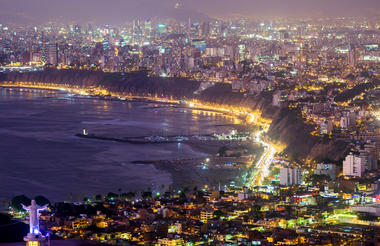
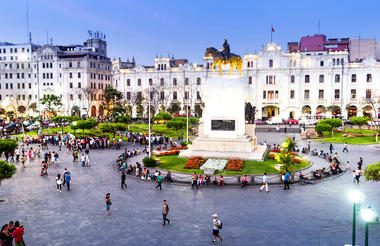
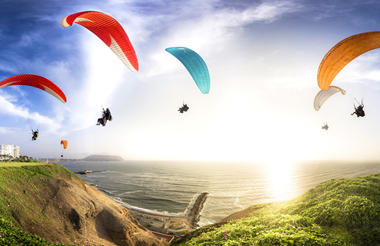
Once called the ‘Navel of the World’ by the Incas, Cusco rises in the southern Andes of Peru, where colonial grandeur meets the enduring stonework of the Inca Empire. A UNESCO World Heritage Site, it serves as the main gateway to Machu Picchu, the Sacred Valley, and surrounding ruins. At its centre, the Plaza de Armas—once Huacaypata—remains alive with cafés, arcades, and the 16th-century Cusco Cathedral, built from Sacsayhuamán’s stones. Nearby, the San Blas district unfolds with whitewashed adobe houses, blue balconies, and workshops where artisans craft metalwork, woodcarvings, and sacred art. Across the city, layers of history reveal themselves in landmarks such as the Korikancha, the Inca street of Hatun Rumiyoc with its twelve-angled stone, the Museum of Colonial Art, and the ancient shrines and water temples scattered through the surrounding hills.
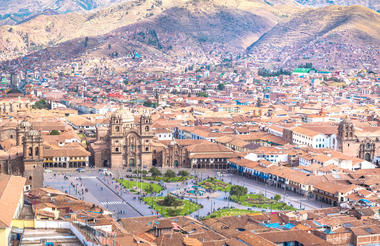
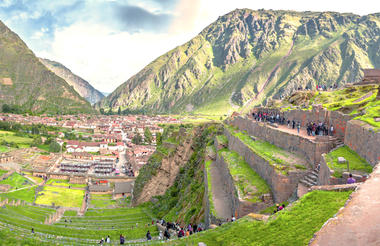
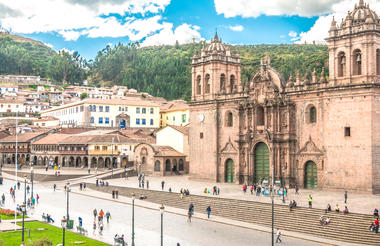
A “Living Inca Town” on the western edge of the Sacred Valley, Ollantaytambo, also called Ollanta, has narrow cobblestone streets that have been continuously inhabited since the 13th century. The town is dominated by two massive Inca ruins, including a fortress built to guard the valley and later used as a stronghold during Inca resistance against Hernando Pizarro. The site functioned as an agricultural, administrative, religious, and social centre, with terraces, a temple, and an urban area. Two sections stand out within the complex: Araqama Ayllu, the ceremonial zone with fountains and ritual spaces, and Qosqo Ayllu, the residential district where locals still live in Inca-era buildings. Ancient roads, aqueducts, walls, and towers reveal its strategic importance. Today, travellers often pause here on the way to the renowned Machu Picchu.



Huayllabamba is located in the province of Urubamba, in the Cusco region of southern in Peru. Situated 15 minutes away from Urubamba, the town is well known for the quality and size of the corn from the fields. Huayllabamba celebrates the virgin Natividad or Mamacha Natacha every September 7th, with dancers and processions. The popular festivity features lots of color, dance, music and food.



Located more than 6000 feet above sea level in Peru's mountain peaks, Machu Picchu is one of the world's most impressive archaeological sites. This legendary lofty city was abandoned by the Inca Empire, reclaimed by the jungle and lost to humanity until its rediscovery in 1911. Built by the Incas on the summit of "Machu Picchu" (Old Peak), in the middle of a tropical montane forest overlooking the canyon of the Urubamba, the 'Lost City of Machu Picchu' is a site of extraordinary beauty and enormous archaeological significance. The complex reflects the Inca Empire at its height, with giant walls, terraces and ramps that appear to have been cut naturally in the continuous rock escarpments. The phenomenal technological skills of the Incan engineers can be seen in multiple facets of the site: the exacting precision of the massive stone buildings, the water channels that reveal a deep understanding of hydraulics, and Intihuatana, a carved ritual stone known as the "hitching post of the Sun", which served as a solar calendar that regulated planting and harvesting.
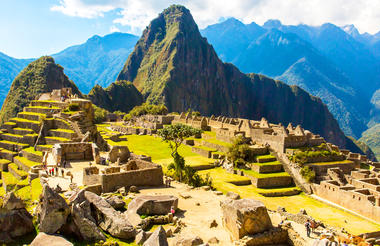
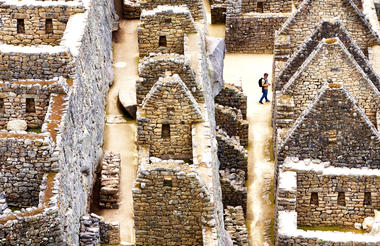

As previously described



Perched high up in the Andes, Machu Picchu Pueblo is a riverside town known for its proximity to the famous Machu Picchu ruins. This cloud-forest town is encircled by towering forested cliffs and boasts an endless array of hotels, restaurants, markets and labyrinthine streets. Machu Picchu Pueblo, also known as Aguas Calientes, serves as an excellent base to explore the renowned ancient archaeological site of Machu Picchu. Visitors can enjoy various other activities, including having a relaxing massage after a long day of exploring, taking a stroll through lush rainforest to the Mandor Waterfalls, embarking on an adventurous hike up the Putucusi Mountain or soaking in the relaxing thermal baths with the Andes as your backdrop. Don’t miss the Machu Picchu Museum and Botanical Gardens, displaying the area’s history and diversity of indigenous flora.
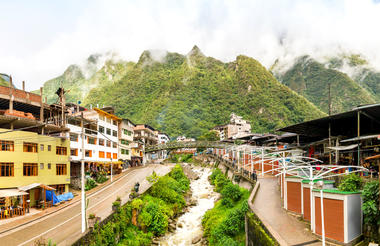
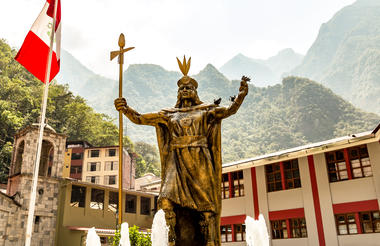
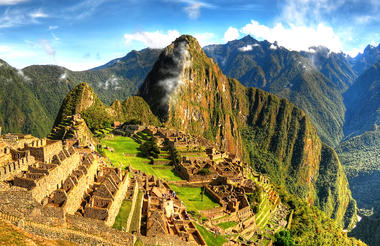
As previously described
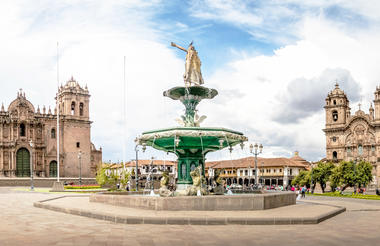
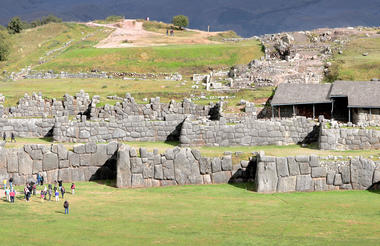
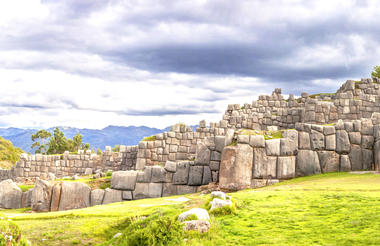
Puerto Maldonado, a port city in Southeastern Peru, is primarily a kick-off point to some of Peru’s most pristine Amazon jungle destinations. However, the town’s laid-back atmosphere, vibrant nightlife and unique cultural flavour is making it an increasingly popular tourist hub. It’s a bustling town that offers easy access to the virgin jungle along the Tambopata River, as well as through the Inketerra Ecological Reserve, Bahuaja-Sonene National Park, and Tambopata National Reserve. These protected areas encompass some of the most pristine primary rainforests on the planet, and are home to an astonishing array of exotic animals, birds, trees and flowers.








